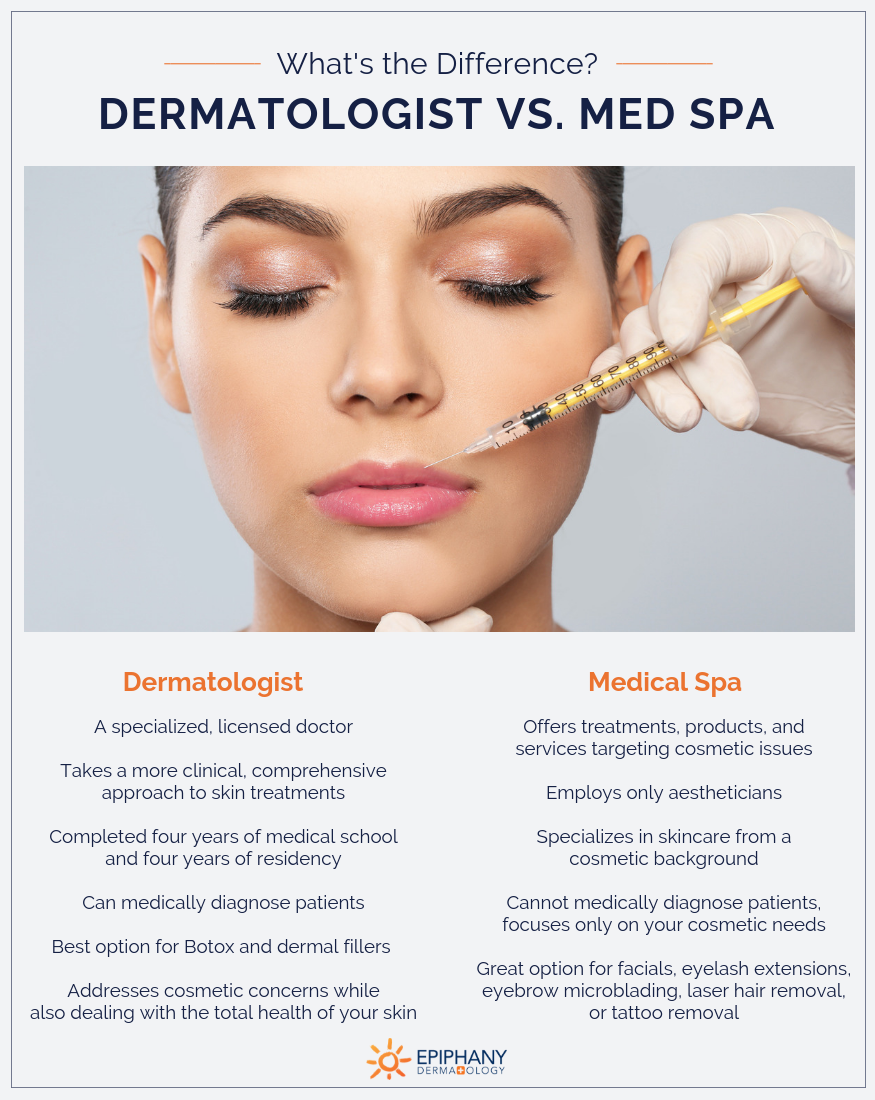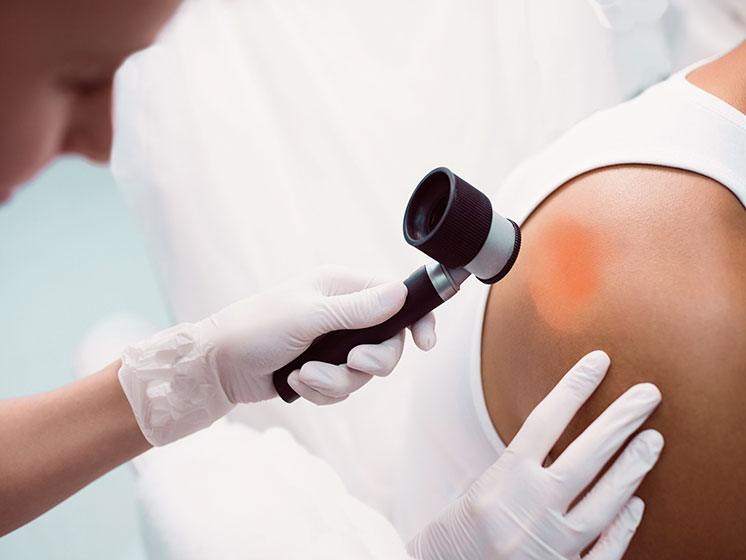Explore a dermatologist specializing in mohs surgery for skin cancer treatment with high precision.
Explore a dermatologist specializing in mohs surgery for skin cancer treatment with high precision.
Blog Article
Navigating Skin Cancer Cells Treatment: The Essential Duty of Mohs in Modern Dermatology Practices
Skin cancer, a complicated medical diagnosis, commonly leaves patients facing various therapy choices. Amongst these, Mohs surgical treatment stands as a sign in contemporary dermatology, renowned for its meticulous technique to cancer cells removal and conservation of surrounding healthy and balanced cells. This ingenious technique promises not just superior cosmetic results yet likewise supplies immediate outcomes, easing client anxiousness. As we explore the ins and outs of this procedure, one will value its crucial role in skin cancer cells therapy.
Comprehending Skin Cancer Cells: Kinds and Threats
There are 3 primary types of skin cancer cells: Basic cell carcinoma, Squamous cell carcinoma, and Cancer malignancy. It accounts for just regarding 1% of skin cancer instances however causes the vast bulk of skin cancer deaths. Threat aspects include reasonable skin, background of sunburn, excessive sunlight exposure, living at high altitudes or shut to the equator, having numerous moles, a family background of skin cancer, and weakened immune system.
What Is Mohs Surgical procedure and Exactly How It's Revolutionizing Skin Cancer Cells Treatment
Regardless of the various therapies presently offered for skin cancer cells, Mohs surgery sticks out as a groundbreaking and highly efficient remedy. Named after Frederic E. Mohs, the doctor that developed the treatment, Mohs surgical treatment is a specific surgical method made use of to treat skin cancer. Throughout the treatment, thin layers of cancer-containing skin are gradually gotten rid of and analyzed up until just cancer-free tissue remains. This technique permits the surgeon to confirm that all cancer cells have actually been removed at the time of surgery. This level of precision, incorporated with the ability to spare as much healthy and balanced cells as feasible, is revolutionizing skin cancer treatment. Because of this, Mohs surgical treatment has ended up being a keystone of modern-day dermatology practices.
The Advantages of Mohs Surgical Procedure Over Traditional Skin Cancer Cells Therapies
Building on the innovative nature of Mohs surgical procedure, it's important to consider its numerous benefits over conventional skin cancer treatments. Unlike common treatments, Mohs supplies a greater remedy price, frequently reaching 99% for first-time treatments and 94% for recurring cancers. This accuracy is because of its one-of-a-kind method of gradually getting dig this rid of and checking out cells layers until just cancer-free cells continue to be (chemical peel). In addition, it reduces damages to healthy and balanced skin, bring about less scarring and improved aesthetic outcomes. Mohs additionally offers prompt results, removing the anxiety-ridden wait usual with other approaches. Finally, it's cost-effective, as the surgical treatment and microscopic assessment happen simultaneously, removing the requirement for added laboratory solutions. Thus, Mohs represents a substantial advancement in dermatological techniques.
The Treatment of Mohs Surgical Procedure: What to Expect During the Process

Possible Adverse Effects and Post-Operative Treatment of Mohs Surgery
Going through Mohs surgical procedure, like any kind of other operation, entails potential side impacts that people should be aware of. Typical adverse effects consist of discomfort, bruising, and swelling at the surgical treatment website. These are usually short-term and workable with over the counter discomfort medicine and ice packs. In uncommon cases, patients may experience infection, bleeding, or an allergy to the anesthetic. Post-operative care Get More Information is important to healing and lessening negative effects. This commonly involves maintaining the injury tidy and completely dry, taking recommended drugs, and staying clear of arduous tasks. People need to additionally participate in all follow-up visits for wound care and surveillance. In many cases, added therapies may be required to guarantee complete elimination of the malignant cells. Sticking to these post-operative care guidelines can substantially boost healing and results.
Final thought

Report this page